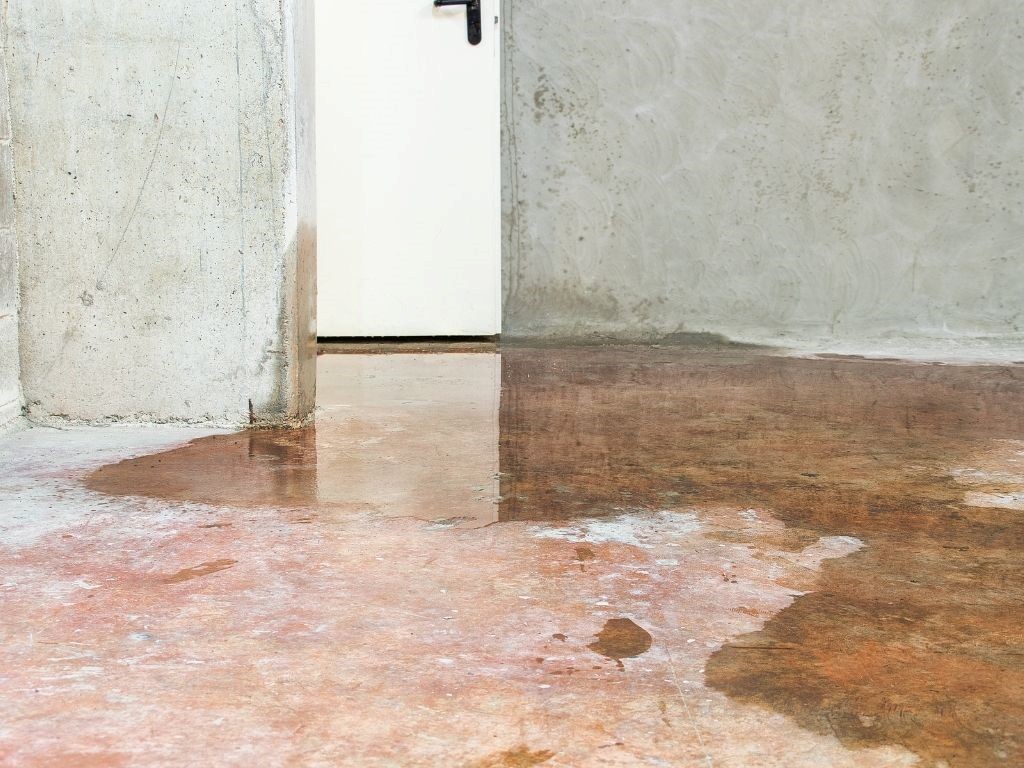
According to Mr. Blue Plumbing’s office in Greensboro, one of the most important benefits of a hydrostatic test is that it helps you avoid additional foundation issues. You schedule foundation repair because of a problem beneath your house, most often due to saturation of expansive soil on your property from runoff. Unfortunately, the repair work can rupture a plumbing line and leave water leaking into the soil directly under your foundation. The result is a severe risk of further foundation damage from differential settling. A hydrostatic test will ensure all pipes are in working order and not at risk of leaks that could cause future complications.



